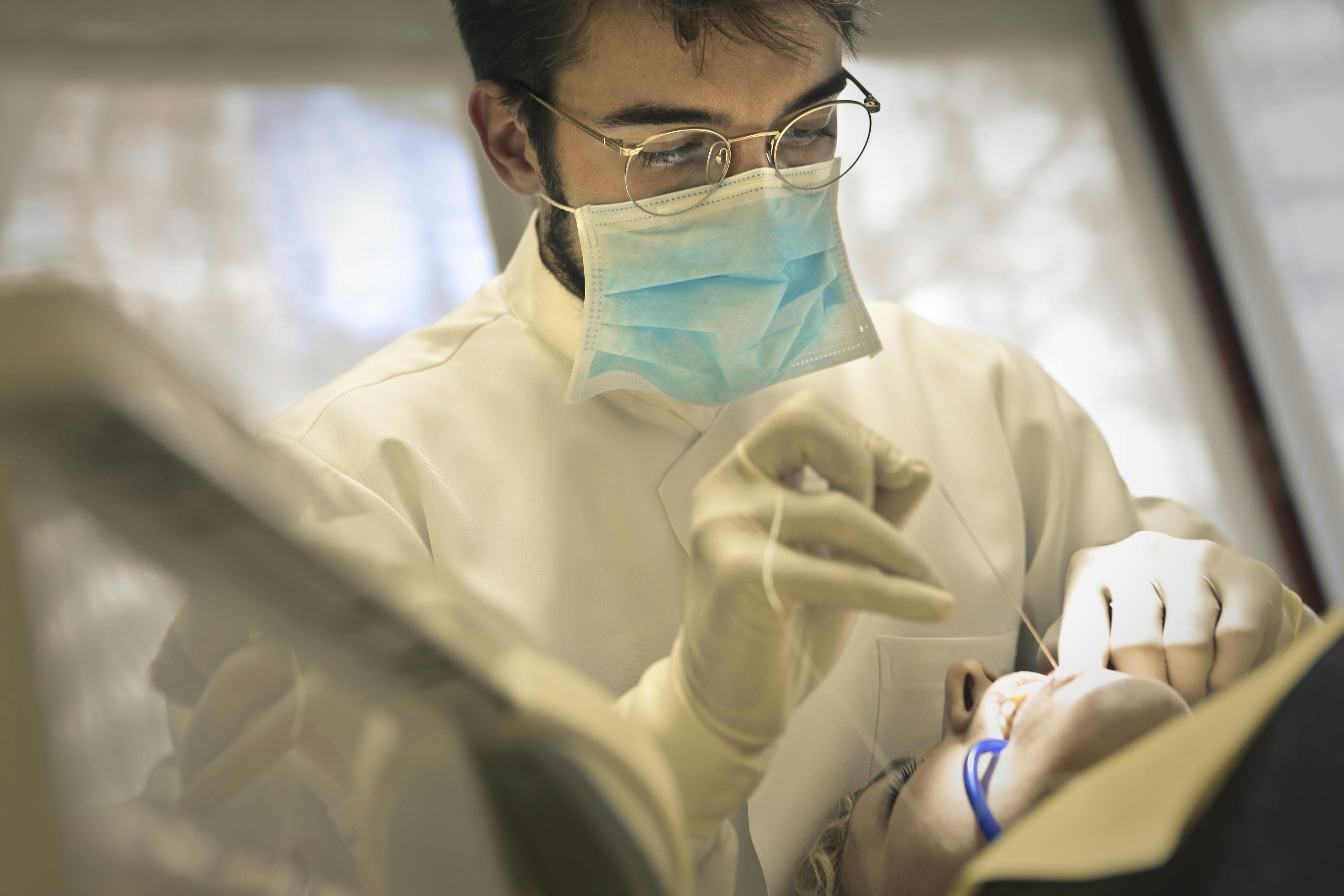Cold Sores: Those nasty, crusty, painful sores that pop up uninvited. How can you get rid of ugly bugs? And how to prevent them from coming back?
First, what is a cold sore? A cold sore usually begins with an uncomfortable sensation on or around the lips. (Some unfortunate souls have breakouts on or around the nose and cheeks.) Many people describe the sensation as tingling, others as fullness, pain, ache, or discomfort. At this stage, the skin can appear completely normal. The reason these sores hurt more than, say, mosquito bites, is because nerve endings are involved. A virus (usually herpes type I) remains latent in nerve cells and is periodically reactivated.
In the second phase, usually a day later, the area becomes red, blistered, or swollen. Cold sores enlarge for a few more days, after which scabbing begins (the healing phase). In a week or two, the injuries have resolved.
Cold sores are called “cold sores” because they commonly occur during times of physical stress, such as when you have a cold. For some women, they occur monthly, around the menstrual cycle. However, cold sores seem to have a mind of its own and can appear at any time. They are most contagious when the sores are fresh, even before the spot has bloomed. If you feel one approaching, avoid kissing and other close contact.
One word of caution: don’t confuse cold sores with canker sores. Canker sores, also called aphthous ulcers, occur inside the mouth and look like shallow white sores with a red rim. Most of the time they are not caused by the herpes virus and they do not get better with antiviral drugs. (Aphtasol © (amelanox) works well for canker sores, costs about $ 30 for a small tube, and is only available by prescription.)
When it comes to cold sores, the question is whether to treat an outbreak or use preventative medications or both. People who develop injuries only once or twice a year do well to treat only the occurrences. Those with more frequent outbreaks may want to suppress the infection with daily medication.
The most effective medications are prescription antivirals. Just as penicillin kills strep bacteria, antiviral drugs kill or weaken viral “germs.”
What is the best medicine for cold sores? It depends on what you are looking for: quick relief? low cost? minimal side effects? easy dosing?
Now that oral acyclovir has gone generic, it is the least expensive treatment option. For less than $ 20 you can treat a cold sore crop OR take the medication daily to prevent an outbreak. (Some pharmacies have acyclovir on their $ 4 drug list.) For prevention, dosing once or twice a day is usually effective. For treatment, it may be necessary to take acyclovir up to five times a day. Acyclovir is fairly well tolerated by most people with little or no side effects.
Acyclovir and penciclovir ointments are also effective, especially when used at the first sign of an outbreak. However, these topical medications cost between $ 50 and $ 70 for a small tube. Whether you use the cream or the capsules, treating the affected area as soon as you suspect an outbreak can prevent sores from developing. Ointments are a good option for people who cannot tolerate oral medications (due to headaches or stomach problems, for example. Truly allergic patients should not use topical preparations at all).
Oral valacyclovir and famicyclovir are antiviral drugs that have the advantage of being given less often, but they cost more (easily more than $ 100 to treat an outbreak).
Just reading the names of the above medications, you are likely to conclude that these medications are similar. In my medical practice, I cannot say that one is superior to the other, except for ease of dosing and individual side effects.
Any of these drugs will work better than an over-the-counter drug, but at what cost? The lesions will resolve on their own anyway (unless you are immunosuppressed). If prom is next week, you’ll probably want to invest in a prescription drug. But if it’s a choice between drugs and vacations, I’d go for the latter.
Copyright © 2010 Cynthia J Koelker MD



